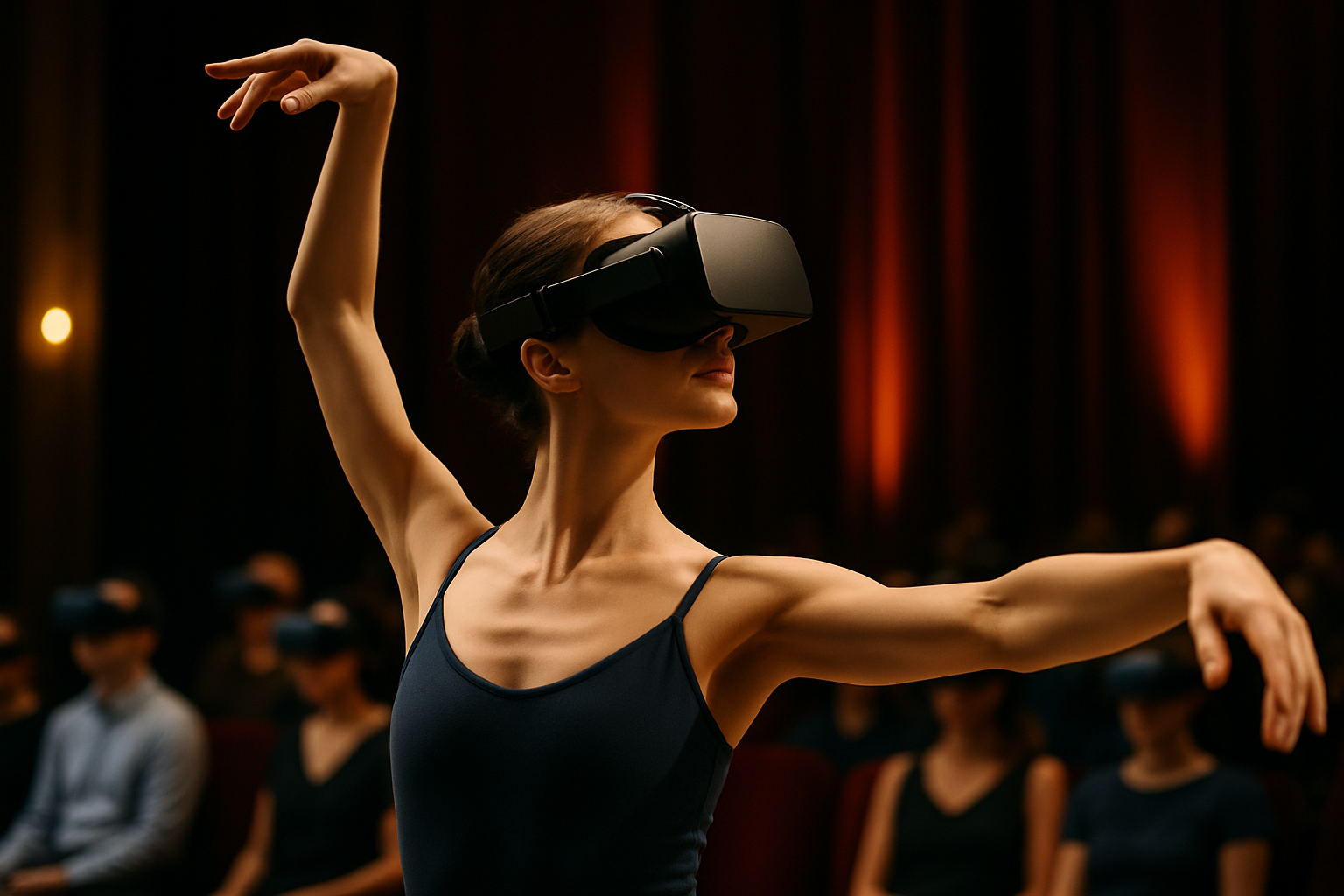Holographic Dance: The Future of Choreography
In a world where technology constantly pushes the boundaries of artistic expression, holographic dance emerges as a groundbreaking fusion of movement and light. This innovative art form combines the grace and physicality of traditional dance with cutting-edge holographic projections, creating a mesmerizing spectacle that challenges our perceptions of performance and space. As holographic dance gains momentum in the global arts scene, it promises to revolutionize choreography, stage design, and audience engagement.

Technological Marvels Behind the Scenes
The creation of holographic dance performances relies on a complex interplay of advanced technologies. High-powered projectors, motion capture systems, and specialized software work in tandem to bring ethereal figures to life on stage. Dancers are often fitted with sensors that track their movements in real-time, allowing holographic elements to respond and interact with live performers seamlessly.
Choreographing in Four Dimensions
Holographic dance opens up unprecedented possibilities for choreographers. No longer constrained by the physical limitations of the human body or traditional stage setups, creators can design routines that defy gravity, multiply dancers infinitely, or transform performers into abstract shapes and forms. This new medium challenges choreographers to think beyond conventional spatial relationships and explore the interplay between tangible and intangible elements.
The Audience Experience Reimagined
For spectators, holographic dance offers a truly immersive and often interactive experience. The lines between reality and illusion blur as holographic projections seamlessly blend with live performers, creating a dreamlike atmosphere that captivates and engages. Some productions even allow audience members to influence the performance through mobile devices or motion sensors, making each show a unique, participatory event.
Cultural Impact and Future Prospects
As holographic dance gains recognition in the art world, it is sparking conversations about the nature of performance and the role of technology in artistic expression. Critics and enthusiasts alike debate whether this new form enhances or detracts from the raw emotion and physicality of traditional dance. Nevertheless, the potential applications extend beyond the stage, with holographic dance finding its way into music videos, advertising, and even educational settings.
Challenges and Controversies
Despite its promise, holographic dance faces several hurdles as it strives for mainstream acceptance. The high cost of equipment and production can make it inaccessible to many artists and venues. Additionally, some traditionalists argue that the reliance on technology diminishes the organic, human element of dance. Ethical concerns have also been raised about the use of holographic representations of deceased performers, prompting discussions about artistic legacy and consent.
A New Era of Artistic Collaboration
Holographic dance is fostering unprecedented collaboration between dancers, choreographers, visual artists, and technologists. This cross-disciplinary approach is not only pushing the boundaries of dance but also inspiring innovation in fields such as computer graphics, projection mapping, and virtual reality. As these collaborations continue to evolve, we can expect to see even more groundbreaking performances that challenge our understanding of what dance can be.
Educational Implications
The emergence of holographic dance is also transforming dance education. Students now have the opportunity to study not only traditional techniques but also the integration of technology in performance. This new skillset prepares dancers for a future where digital literacy is as important as physical prowess. Moreover, holographic technology allows master classes and workshops to be conducted remotely, with instructors’ holograms appearing in studios around the world.
Global Recognition and Festivals
As holographic dance gains momentum, dedicated festivals and competitions are emerging worldwide. These events showcase the latest innovations in the field and provide a platform for artists to push the boundaries of the medium. Major dance companies and theaters are also incorporating holographic elements into their regular programming, signaling a shift in the mainstream acceptance of this art form.
The Environmental Angle
An unexpected benefit of holographic dance is its potential for reducing the environmental impact of large-scale productions. By replacing physical sets and props with holographic projections, companies can significantly reduce material waste and transportation costs. This eco-friendly aspect of holographic dance aligns with growing concerns about sustainability in the arts, making it an attractive option for environmentally conscious performers and producers.





